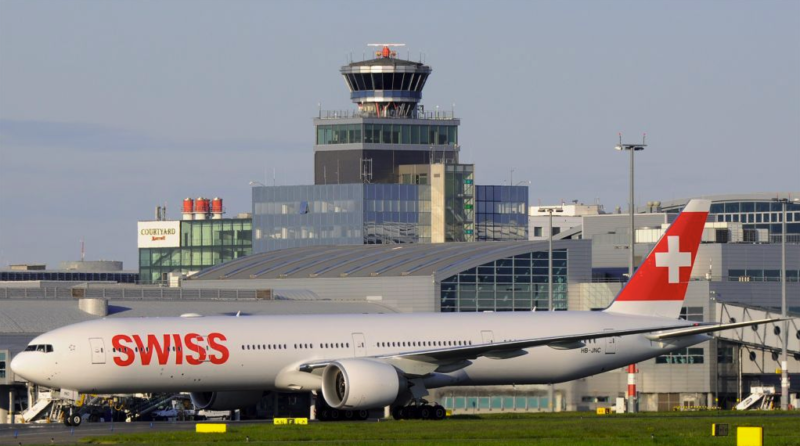Bird Strike Prompts SWISS 777-300ER Jet to Safely Abort Takeoff at Chicago Airport, How Common Are They?

A Swiss International Airlines flight bound for Zurich had to abort its takeoff in Chicago on September 8, 2023, after encountering a flock of birds on the runway. The Boeing 777-300 aircraft, carrying 396 passengers and crew, returned to the gate safely and no one was injured.
According to the Federal Aviation Administration (FAA), the flight LX 9 was accelerating for takeoff from runway 09C at Chicago O’Hare International Airport when the pilots rejected takeoff at about 130 knots (150 mph) due to a bird strike. The aircraft’s brakes overheated and caught fire, but the fire was extinguished before the airport fire department arrived at the scene.
The airline said that the crew decided to abort the takeoff as a precautionary measure and that the passengers were accommodated on other flights or hotels. The airline also said that it was working with the authorities to investigate the incident and inspect the aircraft for any damage.
The FAA ordered a temporary ground stop for all flights at O’Hare following the incident, causing some delays and diversions. The FAA also reminded pilots and operators to report any wildlife strikes to help prevent future accidents.
How Common Are Bird Strikes?
Bird strikes are a recurring concern in the aviation industry, with over 10,000 reported cases each year in the United States alone. The Federal Aviation Administration (FAA) approximates an annual occurrence of up to 16,000 bird strikes within the US. Globally, between 2011 and 2014, the International Civil Aviation Organization (ICAO) recorded a staggering 65,139 bird strike incidents.
These bird strikes tend to transpire primarily during takeoff, landing, or low-altitude flights. However, it’s worth noting that bird strikes have been documented at remarkably high altitudes, with some occurring at elevations ranging from 6,000 to 9,000 meters (20,000 to 30,000 feet) above ground level.
Bird strikes pose a persistent threat to aviation safety, particularly during migration seasons. In 2020, according to the FAA, there were 17,228 reported wildlife strikes, resulting in 250 instances of damaged aircraft and, tragically, one human fatality. The most renowned case of a bird strike unfolded in 2009 when US Airways Flight 1549 executed an emergency landing in the Hudson River after both engines were incapacitated by a flock of geese shortly after takeoff from New York.
Sources: AirGuide Business airguide.info, msn.com, aeroinside.com, avherald.com
